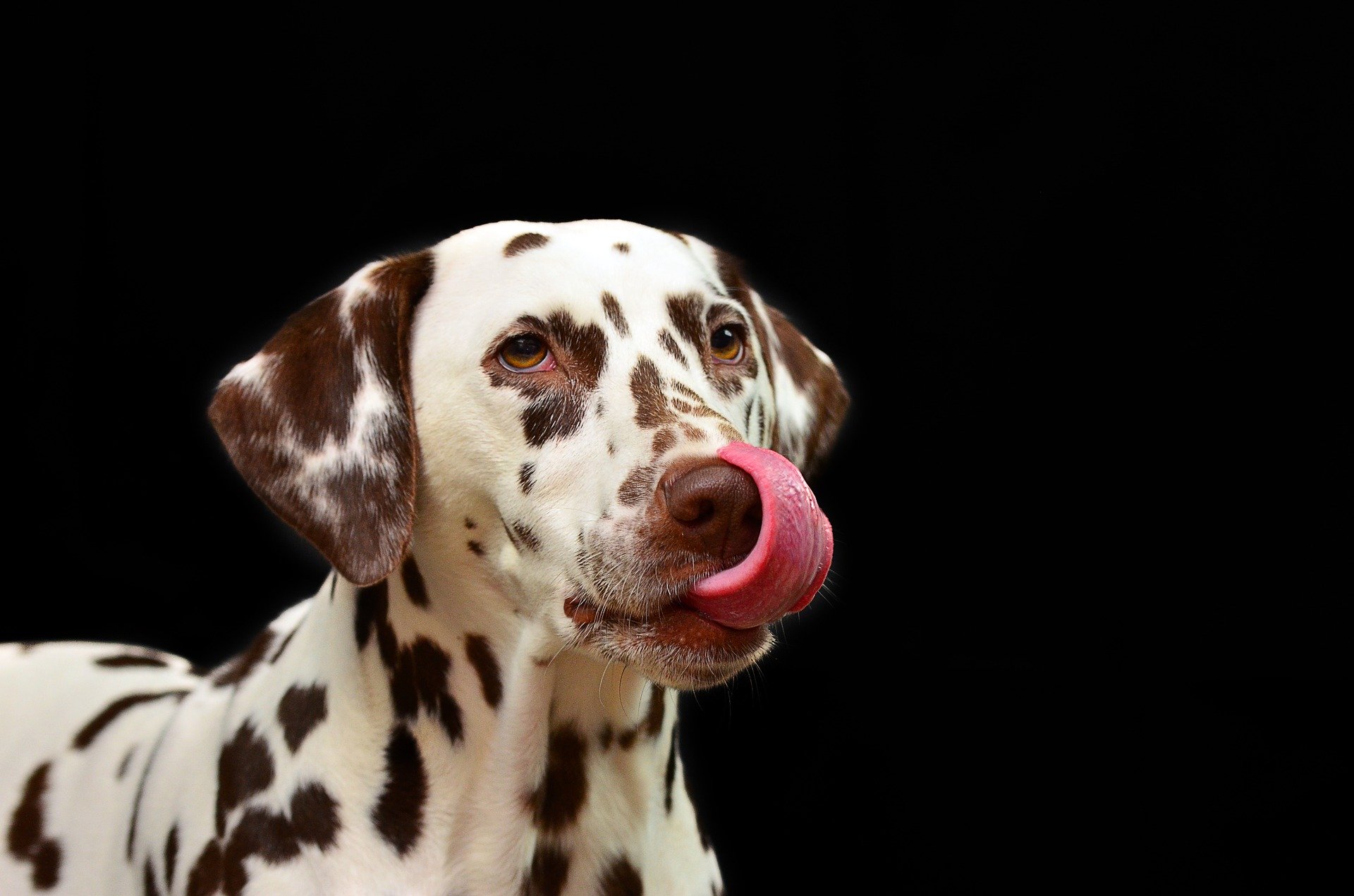
26 Feb Tips For Feeding A Dog Without Teeth
When it comes to feeding a dog with no teeth, thoughtful preparation and patient care are essential. If your dog is missing her teeth, there is no reason why she should have trouble getting enough nutritious food. Various options exist for feeding your toothless dog, and our team at Animal Dental Care and Oral Surgery wants to support you in meeting this extra special dietary need. Keep reading for tips on feeding a dog without teeth.
Hydrated Kibble
One simple solution is to hydrate and soften the hard kibble your dog already loves. By adding warm water or broth to her crunchy kibble and allowing it to soften overnight, her comforting and familiar food will be easy for her to eat. Once the kibble has softened, mash it up with a fork to break up any chunks. Add a little more warm liquid or warm the bowl for a few seconds in the microwave before serving. Your dog’s gums are sensitive to hot and cold, and pleasantly warmed food will feel soothing on her gums.
Canned Soft Dog Food
Another option is to feed your dog canned dog food. Almost every dog food brand that makes crunchy kibble also makes canned, soft food, so you can stick with the brand you trust. These dog foods are formulated to meet the nutrition requirements your dog needs on a daily basis. Some canned foods, especially those advertised as containing “gravy” may still contain chunks that need to be mashed before serving to your dog. Be sure to gently warm this food before serving. Commit to finding the kind of food your dog enjoys most. When your dog doesn’t have teeth, it is extra important to do everything you can to keep her eating an appropriate daily amount.
Homemade Soft Food
A third option is to make your own soft dog food at home. This can be done by adding your chosen lean protein (beef, bison, chicken, or turkey) to a slow-cooker, along with fruits (berries, bananas, mango) and vegetables (sweet potato, butternut squash, green beans, bell peppers, zucchini, and spinach) that are safe and nutritious for dogs. Talk with your veterinarian about the best ratios, and the possibility of adding a vitamin supplement to the mix. Cook this mixture in your crockpot on low for 8 hours, let cool, add a grain like rice if desired, then blend until smooth. If you don’t have a slow-cooker, you can cook all of the various ingredients on your stovetop, then blend together until smooth. If needed, spoon some water or coconut oil into the mix to get the right consistency. Warm the mixture gently before serving.
Maintaining Oral Hygiene Without Teeth
If your dog doesn’t have teeth, you still need to invest in a good toothbrush and doggy toothpaste. Believe it or not, your toothless dog still needs daily gum brushing for optimal oral health and hygiene. Your dog’s gum health is directly related to her heart health and overall wellness. Brushing your dog’s gums daily will keep them cleansed of bacteria, promoting good oral and systemic health.
Call Us Today!
If you have questions or concerns about feeding a dog without teeth, or general questions about your dog’s oral health, give Animal Dental Care and Oral Surgery in Loveland a call today at 970-614-4307 or contact us online.
Image by Claudia Peters from Pixabay (2/26/2020)

